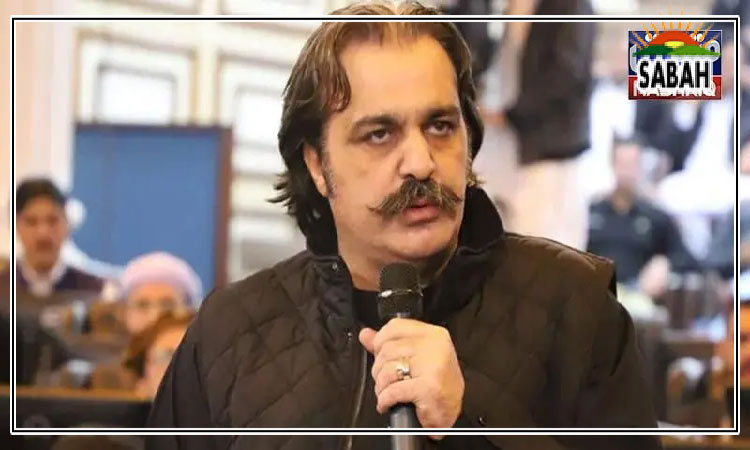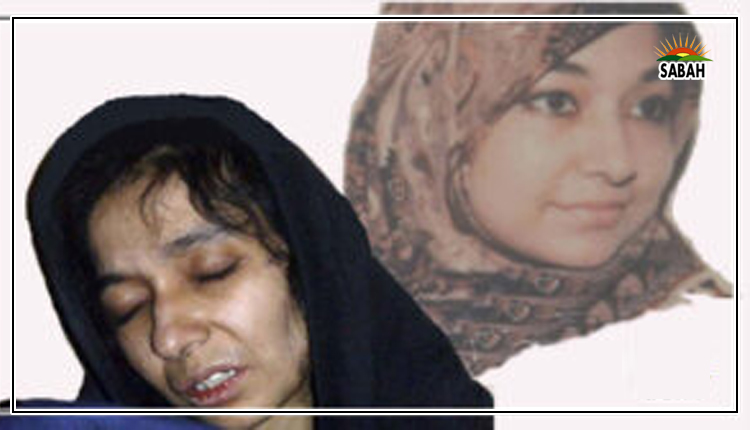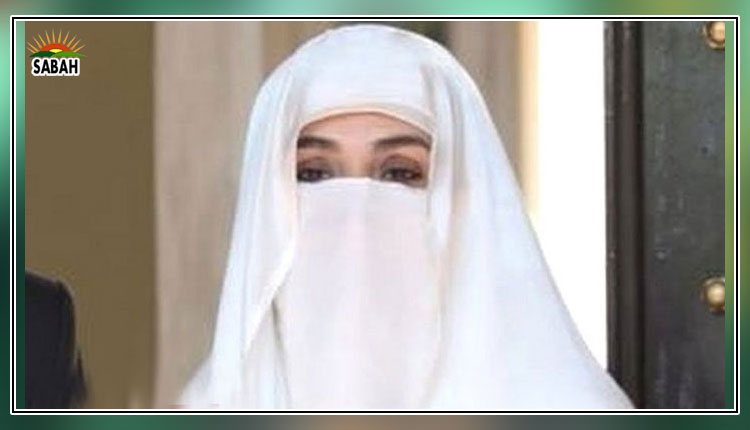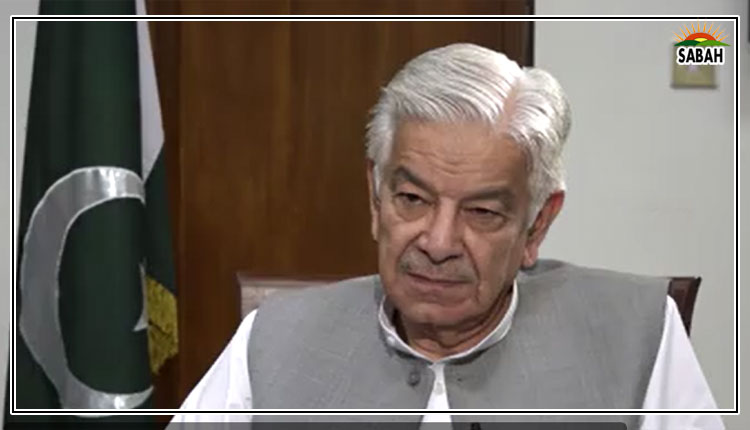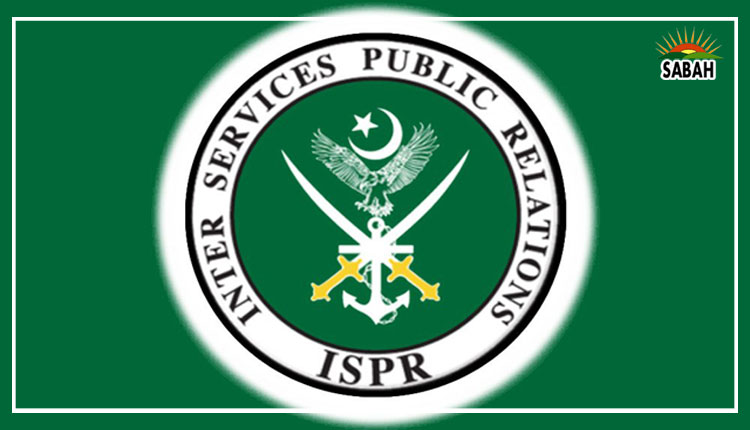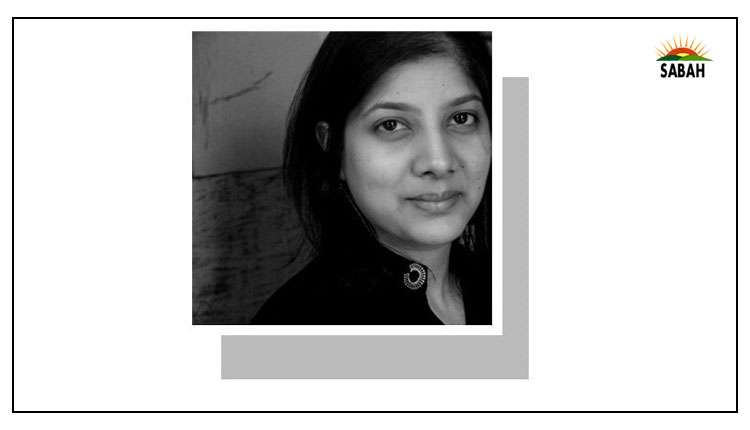Investing in women…Huma Yusuf
COULD there be a more heartbreaking tale than that of Shahida Raza? A former national hockey player forced to pursue illegal emigration, only to lose her life along with dozens of other refugees in the tragic boat crash off Italian shores last month.
Her story will resonate with most Pakistani women. She dared to dream and make the most of her talents but was stymied by the lack of opportunity. As a single mother without a job, she struggled with financial insecurity. Faced with her young childs ill health, she had no social safety net to fall back on. If these conditions wont breed desperation, what will?
Razas trajectory is an indictment of Pakistans sports ecosystem, its social welfare and healthcare systems, its economy with an incapacity to absorb labour and talent indeed, of the country itself. But it also highlights the reality that Pakistani women are direct participants in our dysfunctional society, not merely appendages to it. As such, the society must be reshaped to cater to their needs and aspirations.
The typical framing of women in Pakistani public discourse as daughters, sisters, wives and mothers implies that they are secondary the supporting cast hovering around men, who are the central characters on our sociopolitical stage. We pretend that women in their own right women such as Raza do not exist.
This oversight leads to the challenge that women, when they are considered, are perceived by both the state and society as inconvenient or problematic quite literally, a public order problem.
That explains why the Lahore deputy commissioner rejected permission for the Aurat March to proceed on International Womens Day, citing concerns about controversial banners and the likelihood of these provoking clashes with those who privilege haya over gender inclusion and equality.
That also explains why the most robust state response to the horrific rape in an Islamabad park last month was a directive by Pemra banning any coverage of the incident.
These are just recent examples of what are daily, egregious attempts to erase women from our social fabric.
But women are not going away. And Pakistan only ignores them to its detriment. At present, the main concern is potential economic collapse. The men running the economy have made a hash of it. In all their recent machinations, have they even considered the gains to be had from unleashing Pakistani womens potential?
In a recent article on Empowering Women in Pakistans Economy, Noorulain Naseem and Hadiqa Sohail highlight that despite making up 49 per cent of the total population, women have a remarkably low participation rate of only 21pc in the current workforce with only 25pc of women with a university degree working. Naseem and Sohail argue that if the female labour force were to become equal to the male working population, Pakistans GDP could increase by 60pc by 2025. Let that number sink in for a minute.
But this labour force participation cannot be conjured out of nowhere. Pakistan needs to invest in its women before they can reinvest in the country. Sadly, our country currently ranks 145 out of 146 countries in the 2022 Global Gender Gap Index (only Afghanistan ranks worse). In Balochistan, Razas home province, the female literacy rate of 24pc is the lowest among all of Pakistans provinces and female labour force participation is a shockingly low 4.9pc.
In the Health and Survival sub index of the gender gap assessment, which considers access to healthcare, Pakistan ranks 143rd. This is a doubly painful reality in a country where, according to a 2019 report, 85,000 women have completed a medical degree but are not part of the medical system presumably due to cultural and societal constraints on women working.
If we cannot educate or employ our women, or preserve their health, then both they and the country at large suffers. Perhaps instead of banning womens marches, our government should reflect this week on how they can better serve Pakistans female population. The theme of this years International Womens Day is #EmbraceEquity. It is highlighting the distinction between gender equality which the World Economic Forum describes as the end goal and equity, which is the path you take to get there.
Embracing equity means recognising that different people and groups require different resources, support and opportunities in order to attain equal outcomes. For Pakistani women, that means gender-specific policies, including a concerted effort to improve educational, employment and health outcomes while recognising but not pandering to our misogynistic cultural context. This is essential to ensure that in future women like Raza believe they can thrive in our country rather than desperately seek salvation across perilous waters.
Courtesy Dawn


